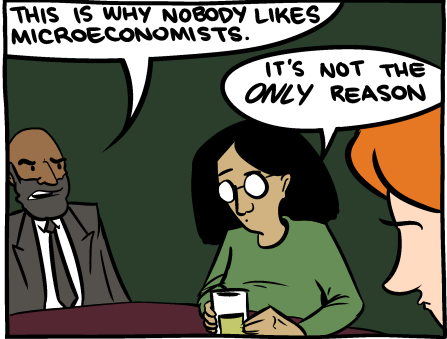I realize the potential federal government shutdown this is more of a politics than economics question, but this is some dish from CNN insider, Dana Bash (via Slate):
I’ve not talked to anybody here who doesn’t think it’s a very, very big possibility, even Republicans, that the government won’t shut down—even for a short time.
I can’t say this with certainty, but I am unsure whether or not I can say that I don’t disagree with Ms. Bash’s observation.

